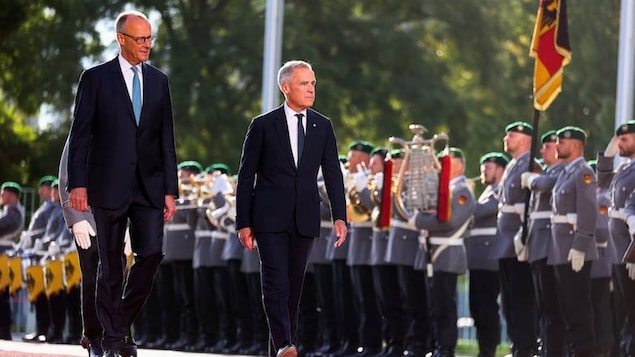- Reaction score
- 7,869
- Points
- 1,160
I'm not sure the LiB is actually an advantage, it's still a rapidly developing technology and the impacts when it goes wrong would be fatal for the crew. The safer versions 'only' release massive amounts of hot, toxic gases instead of burning, except the subs have no way to effectively vent it, so can easily build up to explosive levels.KSS III advantages in this bid:
-speed of procurement/build
-currently they have more cooperation with domestic industry (that may change)
-LI battery technology
-larger submarine with longer range
-vertical launch capability
German advantages in this bid:
-NATO doctrine/training for our submariners will continue
-arguably the stealthiest submarine in the world
-smaller crew sizes
-smaller sub can hide in more places
-larger user group
-German AIP technology
Both look like great options generally, just not sure LiB is the way to go at all on subs, when we haven't gotten it figured out on surface ships for UPSs, let alone large energy storage.





